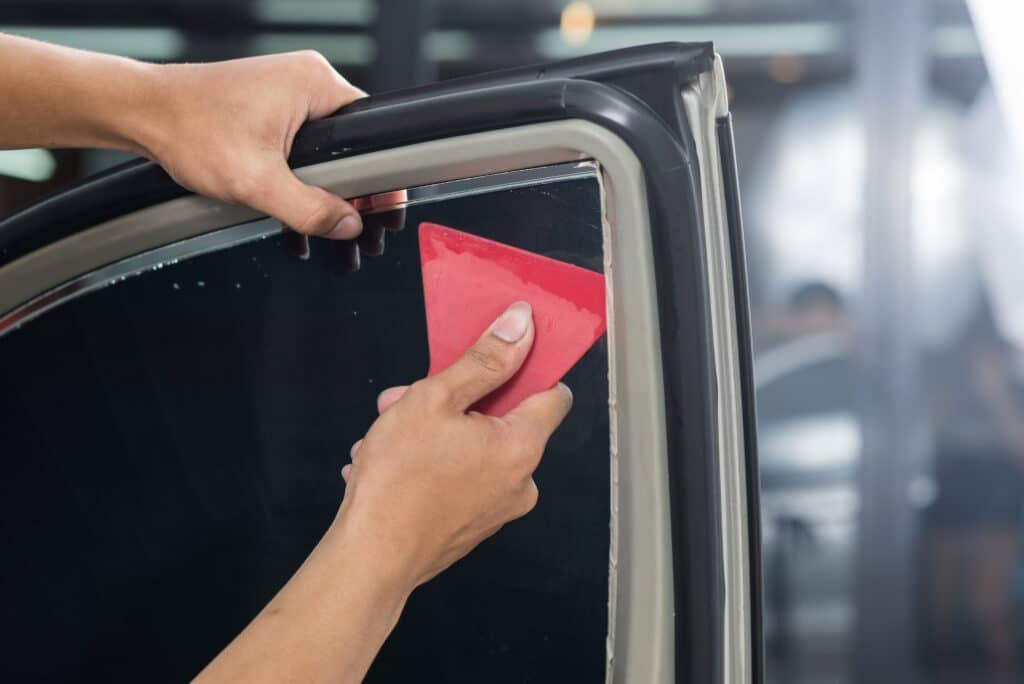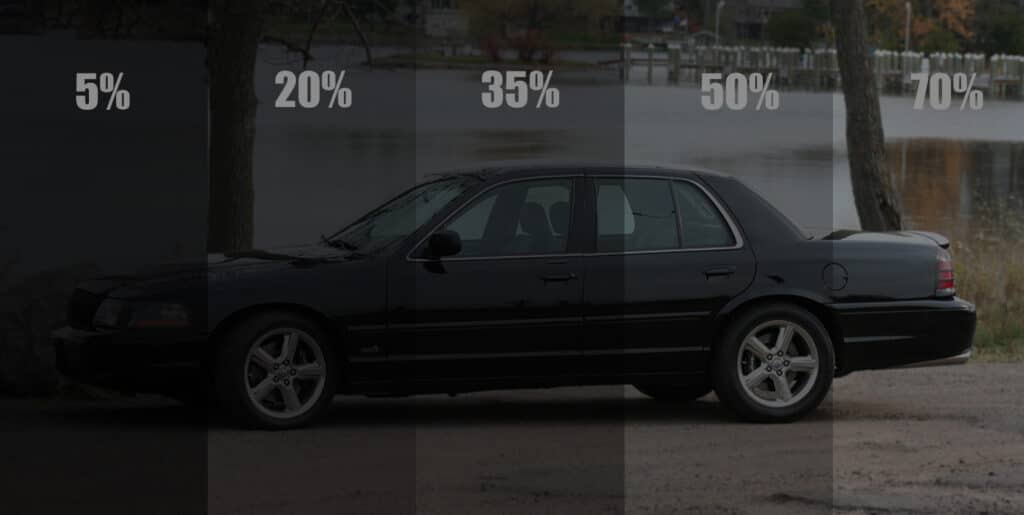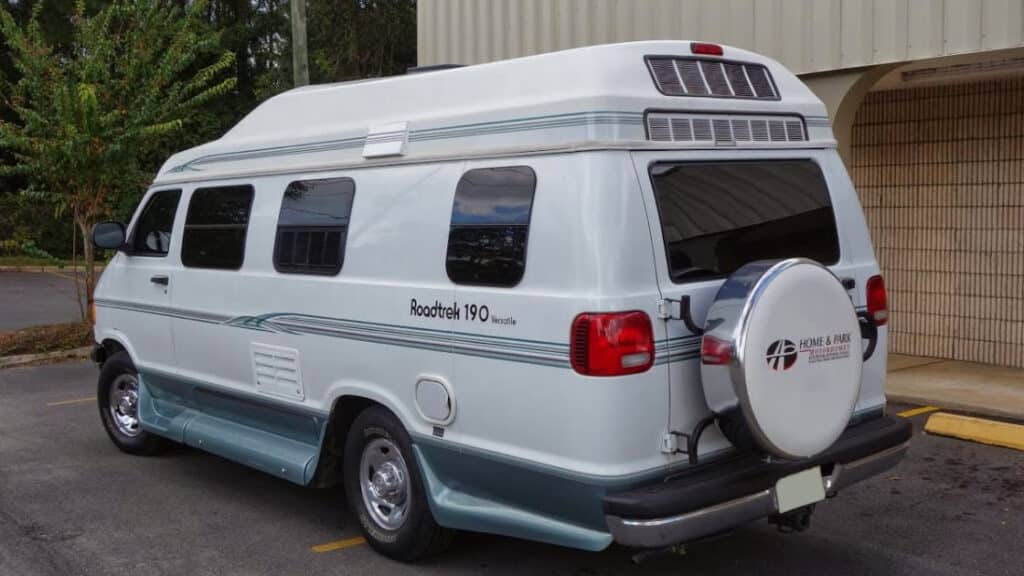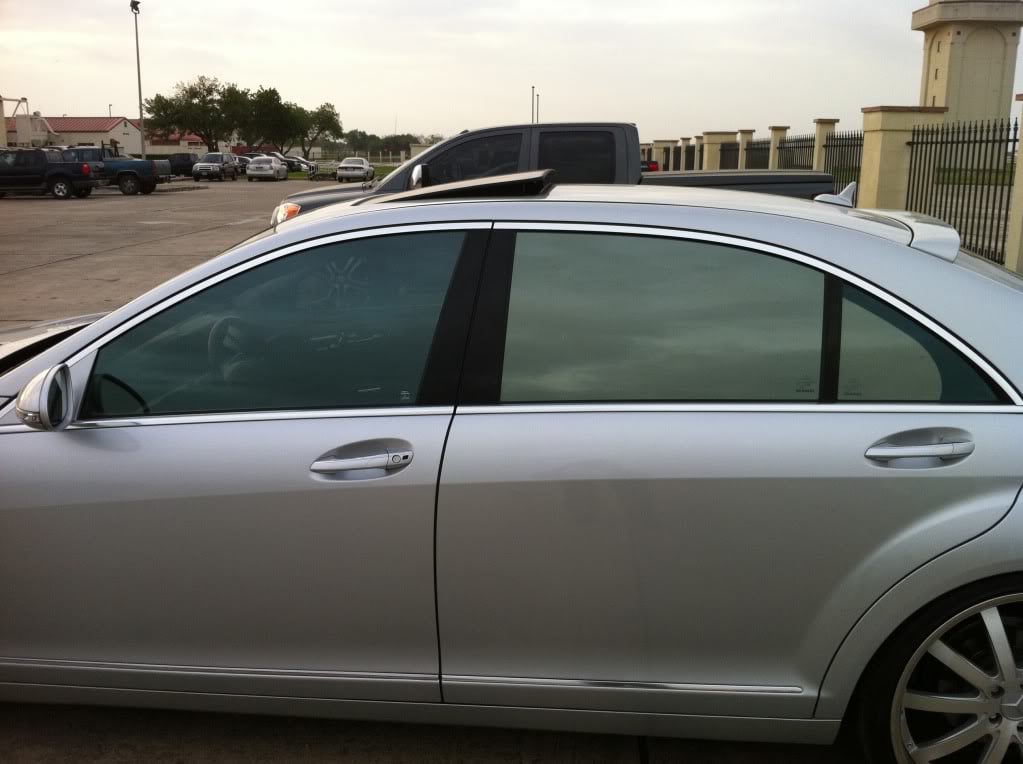Installing window tints is a worthwhile upgrade. It helps to keep yourself and your passengers comfortable while making your car look a lot cooler.
Tints do a great job at lowering the amount of heat that enters your cabin. This is particularly noticeable when you park outside on a hot day. But the benefits aren’t limited to summers.
In Montana’s cold winters, tint films help to insulate your windows from the outside and they significantly lower the glare from sunlight and other bright lights reflecting off the snow.
Tinted windows can also block up to 99% of UV rays and prevent the upholstery of your car from fading, effectively preserving the quality of the interior as well as its resale value.
That said, before you go ahead and get your windows tinted, you’re going to want to know what Montana’s tint law requires. That’s what we’ll discuss in this guide.
Is Window Tint Legal?

The Montana state permits the use of vehicle window tints, but this is governed by the Montana tint law, which was enacted in 1991 but was then later amended in 2007.
But because these laws are updated often, as a vehicle owner it is best to know what is permitted by the law and what is not.
Permitted Window Tint Darkness in Montana
The detectable light passing through your car’s tinted windows is indicated by a visible light transmission or VLT. This is a percentage-based unit which calculates the amount of ambient light that can pass through any given medium.

A lower VLT% indicates darker tint and vice versa. The higher the VLT, the more light will come in through the windows.
For example, if the tint installed has a 75% VLT, it will allow 75% of light to pass through, whereas if you use a tint with 5% VLT, it will be darker, as it will allow only 5% light to pass.
The permissible tints in Montana depend on the type of vehicle.
Sedans
Windshield: You can have a non-reflective tint above the AS-1 line of the car
Driver-side windows: Should let in over 24% of light
Passenger-side windows: Should let in over 24% of light
Rear window: Should let in over 14% of light
SUVs and Vans

Windshield: A non-reflective tint above the AS-1 line of the car is permitted
Driver-side windows: Should let in more than 24% of light
Passenger-side windows: Should let in more than 24% of light
Rear window: Tint of any darkness is permitted
Acceptable Tint Reflection in Montana
Tint reflection indicates the amount of light that is reflected by your car windows. This differs from the tint darkness, which is essentially the amount of light the tint allows to pass through.
Usually, drivers use tints with reflective properties because this helps to reflect the incoming light and heat, thus helping to reduce the glare and also keeping the inside of the vehicle cool.
The acceptable tint reflection limits in the state are:
Sedans

Windshield: Should not be reflective
Driver-side windows: Should not be over 35% reflective
Passenger-side windows: Should not be over 35% reflective
Rear window: Should not be over 35% reflective
SUVs and Vans
Windshield: Must not be reflective
Driver-side windows: Can be reflective up to 35%
Passenger-side windows: Can be reflective up to 35%
Rear window: Can be reflective up to 35%
Other Montana Tint Rules You Need to Know
Other window tinting rules and regulations in Montana include:
- Window tints in yellow, red and amber are not permitted.
- There are no restrictions on the side mirrors.
- Tint film manufacturers in the state are not required to certify the film sold by them.
- There is no need for vehicles to display stickers that identify legal tinting, although this is recommended by the state.
- Special tints are allowed as long as you have a medical exemption certificate.
- Any tint violations attract a fine of up to $500 and/or jail time of up to 6 months in county jail.
State of Montana Info

Situated in the Mountain West subregion of the U.S., Montana is popularly known for its various nicknames including Big Sky County, Land of the Shining Mountains, The Last Best Place and the Treasure State.
The state’s economy is predominantly agriculture based, which includes cereal grain farming and ranching. Tourism is one of the other important industries in the state.
Montana is home to various attractions such as Yellowstone National Park, Glacier National Park, the National Museum and the Little Bighorn Battlefield, which attract millions of tourists every year.
Population: 1.14 million
Capital: Helena
Registered vehicles: 925,854
Total lane miles: 150,446
Number of highways: 5
Tint law references: Montana Code Annotated 2021
Medical exemption info: Montana Code Section 61-9-428

